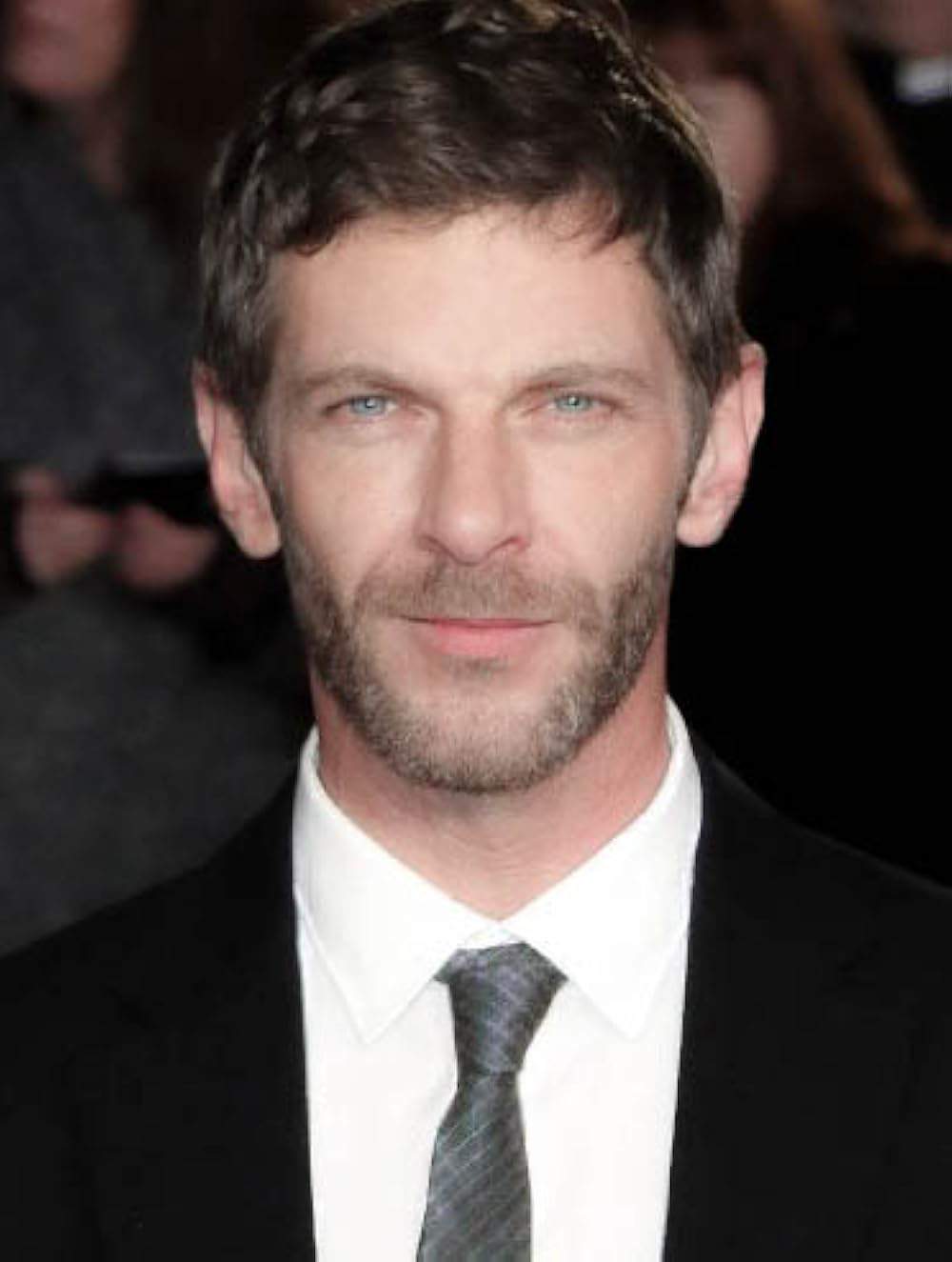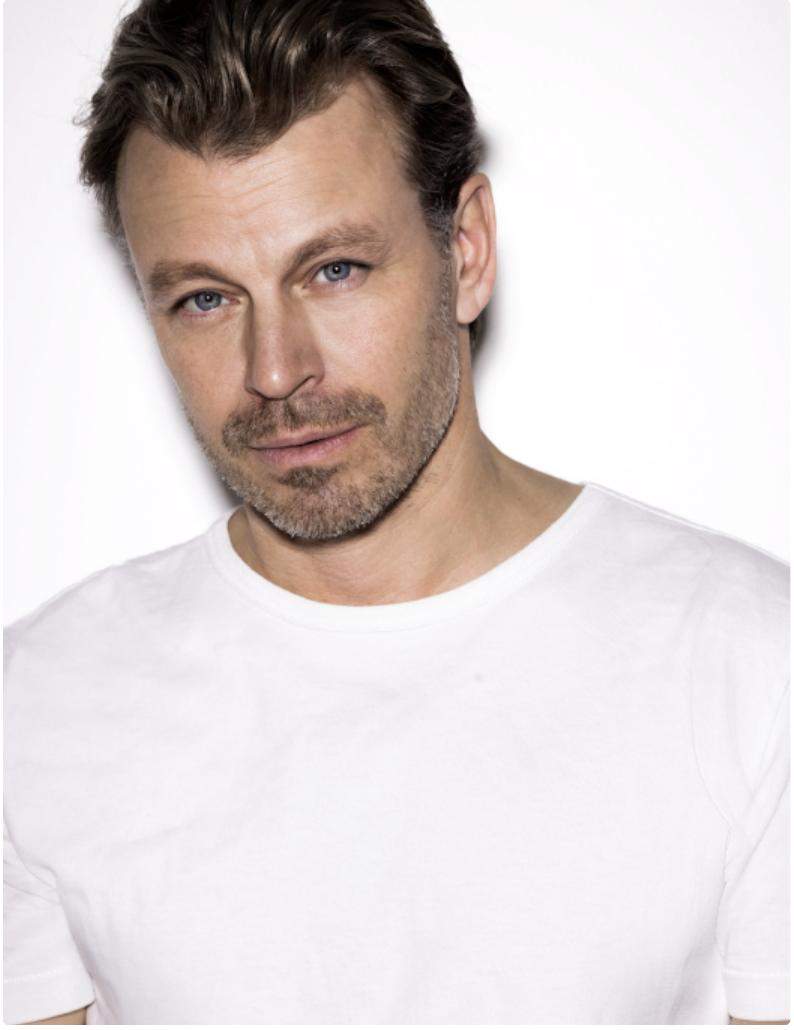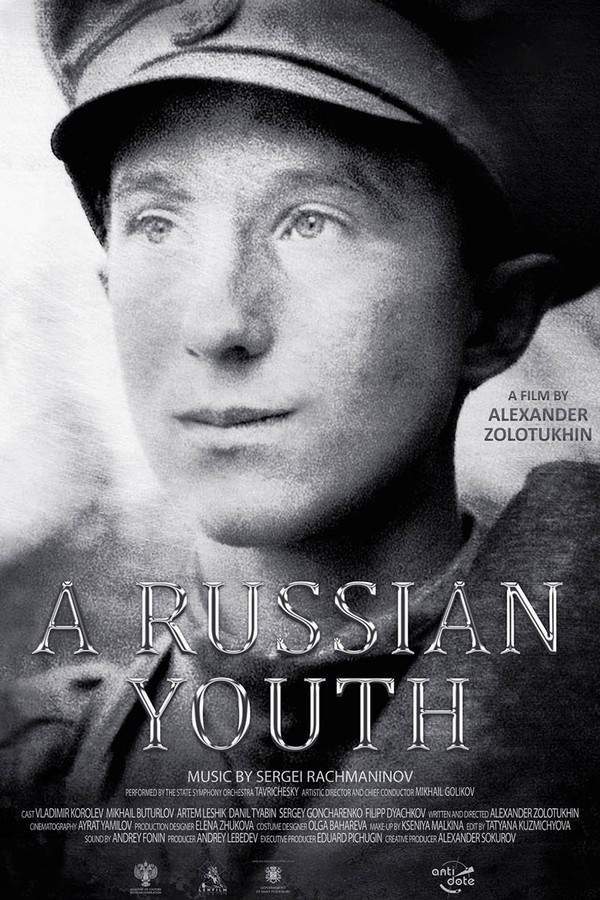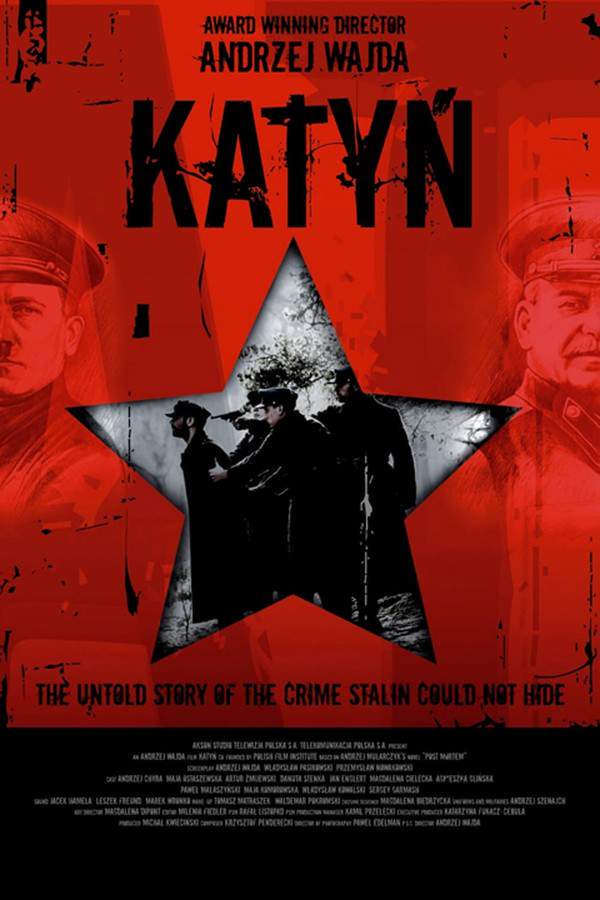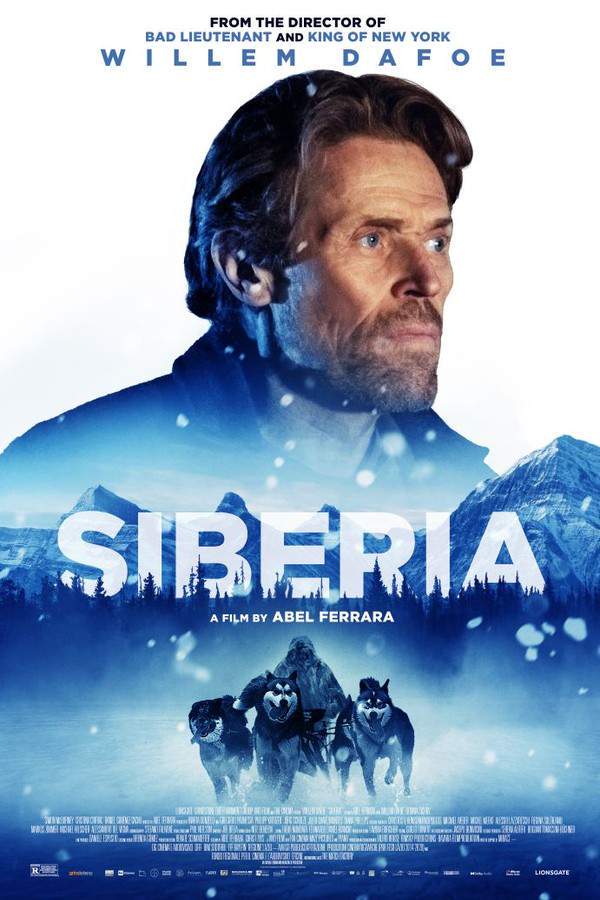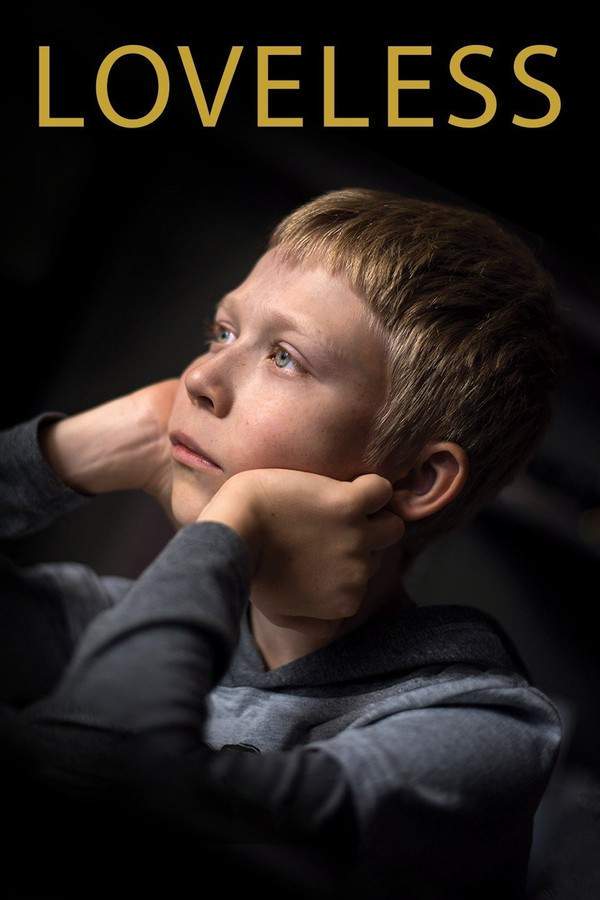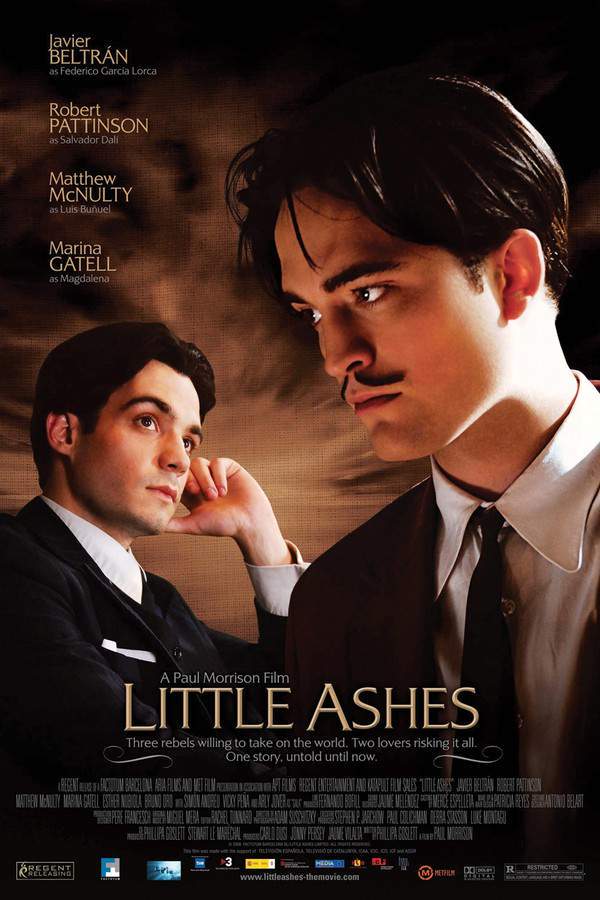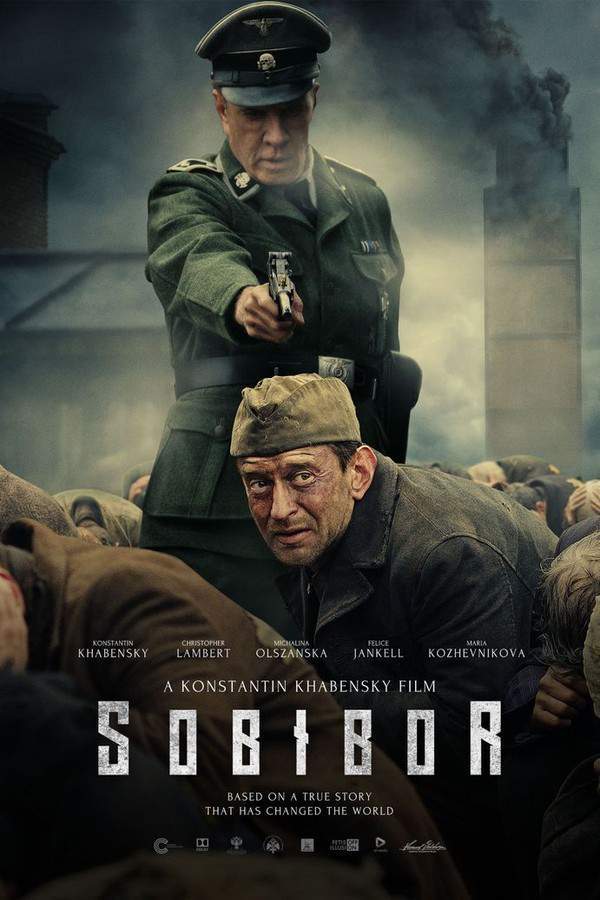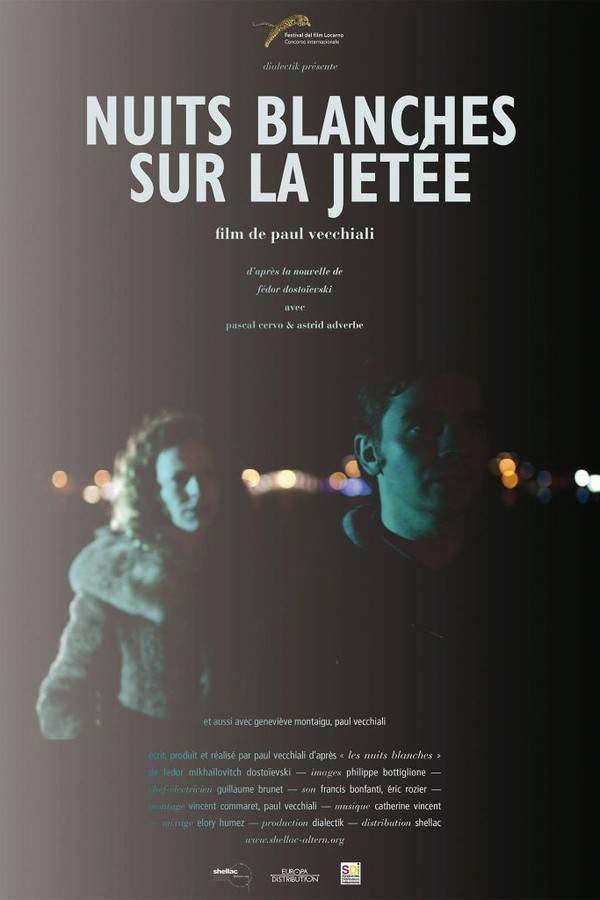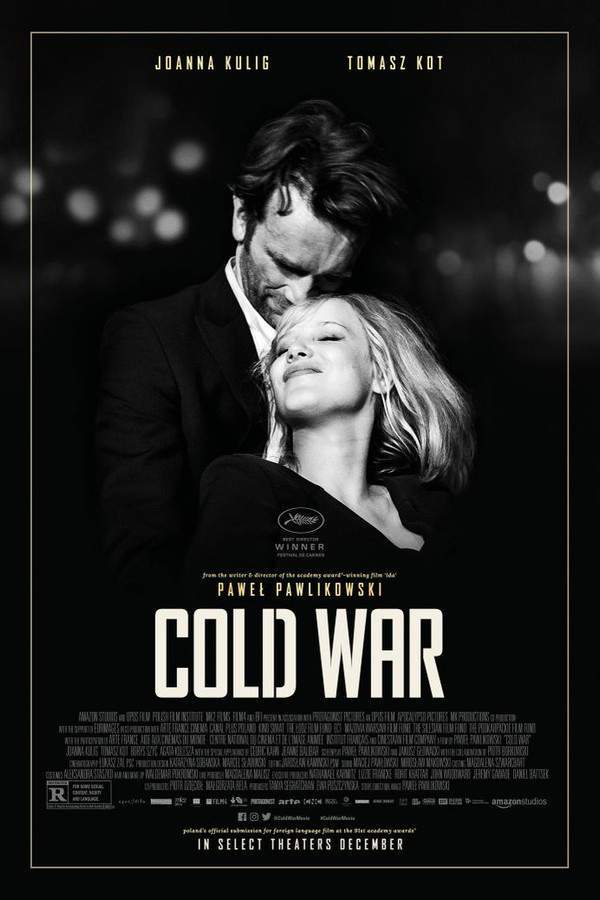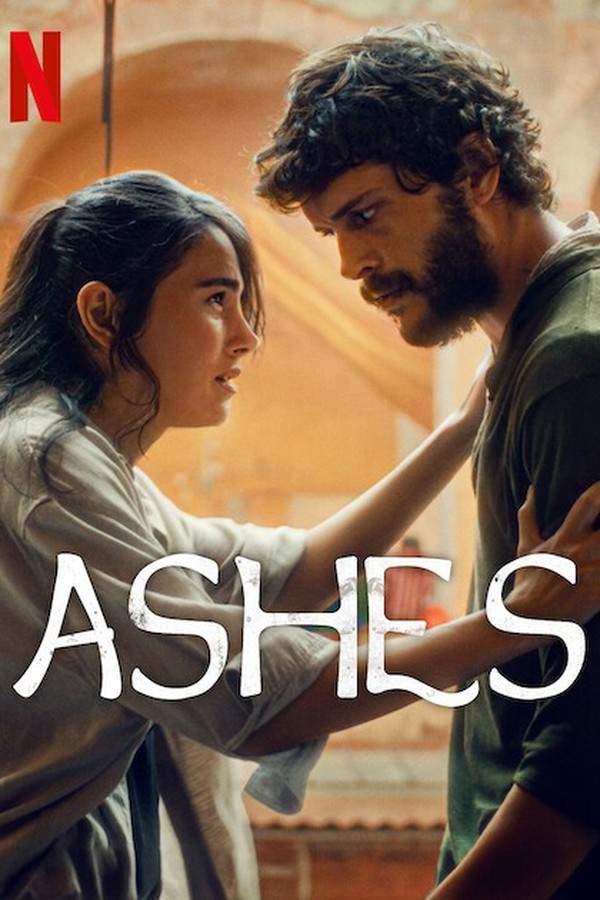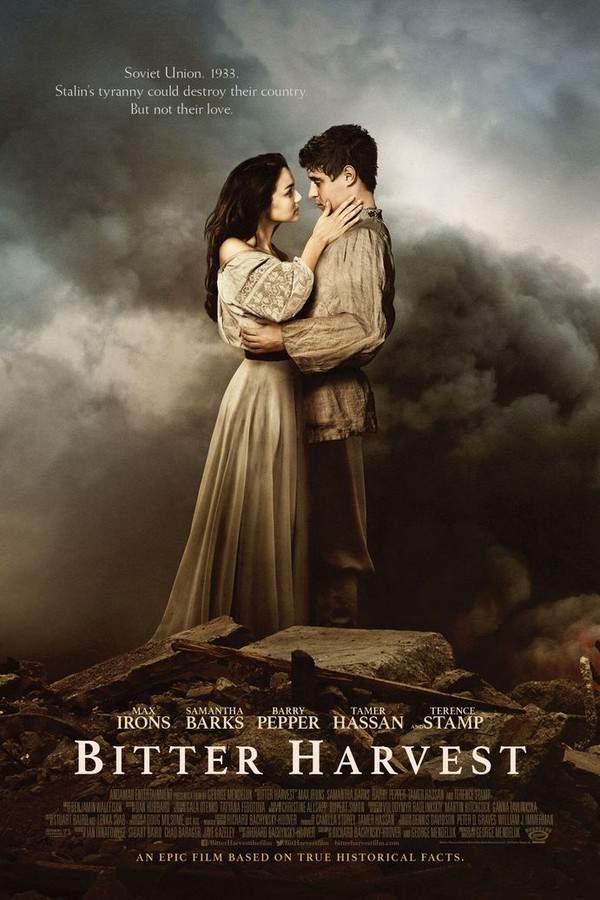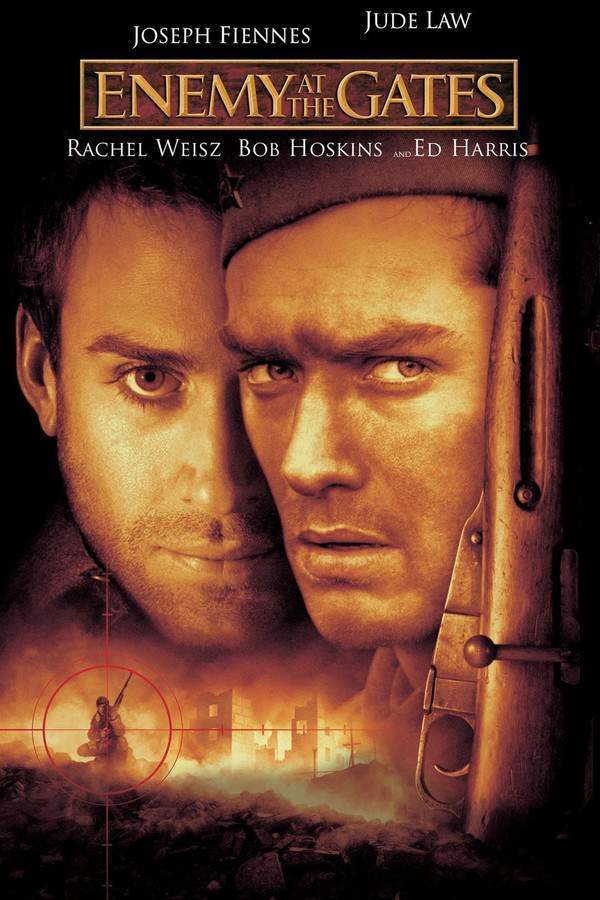Ashes in the Snow 2019
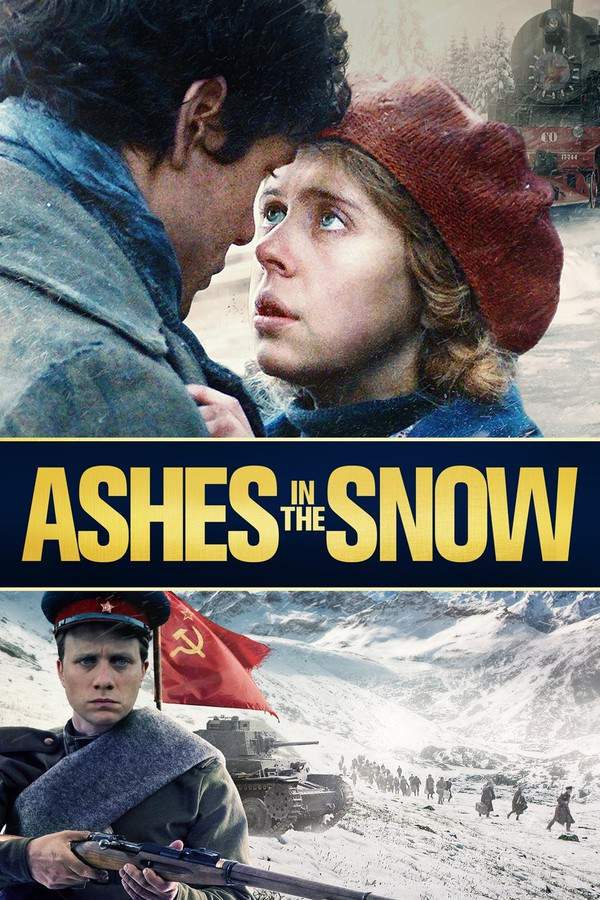
During World War II, a young Lithuanian artist and her family are deported to Soviet-occupied Siberia. Facing the brutal conditions of the frozen tundra, they struggle to survive while grappling with the devastating realities of war, the pain of loss, and the enduring hope for reunion.
Does Ashes in the Snow have end credit scenes?
No!
Ashes in the Snow does not have end credit scenes. You can leave when the credits roll.
Meet the Full Cast and Actors of Ashes in the Snow
Explore the complete cast of Ashes in the Snow, including both lead and supporting actors. Learn who plays each character, discover their past roles and achievements, and find out what makes this ensemble cast stand out in the world of film and television.
External Links and Streaming Options
Discover where to watch Ashes in the Snow online, including streaming platforms, rental options, and official sources. Compare reviews, ratings, and in-depth movie information across sites like IMDb, TMDb, Wikipedia or Rotten Tomatoes.
Ratings and Reviews for Ashes in the Snow
See how Ashes in the Snow is rated across major platforms like IMDb, Metacritic, and TMDb. Compare audience scores and critic reviews to understand where Ashes in the Snow stands among top-rated movies in its genre.

The Movie Echo Score
This film delivers a heartfelt portrayal of historical suffering but is hampered by uneven execution and pacing issues. While reviewers praise specific performances and striking imagery, many criticize the direction as pedestrian and the script as superficial in exploring its subject matter. The narrative is acknowledged as important but often feels numbing due to its relentless bleakness and lack of nuanced context. Overall, the mixed tone and sporadic momentum result in an engaging premise that struggles to maintain consistent impact throughout.
The Movie Echo Score Breakdown for Ashes in the Snow

Art & Craft
In terms of direction and cinematography, the film exhibits striking visual moments but suffers from uninspired staging. Several reviewers highlight powerful imagery and cohesive production design, yet many note a pedestrian directorial approach and sluggish editing. The contrast between evocative shots and mundane transitions undercuts overall visual flow. The result is a mix of impressive framed compositions overshadowed by inconsistent execution.

Character & Emotion
When it comes to character depth and acting, the lead performance is often recognized for emotional nuance, although supporting arcs feel underdeveloped. Some acknowledge Bel Powley’s capacity to add resonance, but others describe predictable trajectories and limited emotional high points. The overall chemistry is muted by uneven scripting, leading to an experience where individual talent emerges despite shallow character construction.

Story & Flow
In terms of plot coherence and pacing, the narrative is commended for its fidelity to source material but criticized for sluggish momentum and predictability. Critics observe that the storyline’s structure feels checkbox-driven, lacking fresh angles or meaningful contextual depth. While the adaptation is considered important, the execution often stalls, resulting in engagement that wanes during extended bleak sequences.

Sensory Experience
When considering the sensory experience, the film offers striking imagery and a cohesive visual style that evoke its bleak atmosphere. Several reviews highlight powerful shots and an affecting soundscape, though few comment on the score or sound design specifically. The consistent visual tone is effective in conveying harsh conditions, yet occasional pacing lulls detract from immersive potential.

Rewatch Factor
In terms of rewatch value, responses indicate limited replay appeal due to the film’s relentless bleakness and uneven momentum. Some appreciate its historical significance, but many describe the experience as numbing and forgettable without redemptive highs. The lack of narrative variation and subdued emotional peaks diminishes lasting engagement, resulting in a viewing that may struggle to reward further visits.

42
Metascore
5.6
User Score


56%
TOMATOMETER

82%
User Score

6.6 /10
IMDb Rating

66
%
User Score

3.0
From 12 fan ratings

3.00/5
From 4 fan ratings
Take the Ultimate Ashes in the Snow Movie Quiz
Challenge your knowledge of Ashes in the Snow with this fun and interactive movie quiz. Test yourself on key plot points, iconic characters, hidden details, and memorable moments to see how well you really know the film.
Ashes in the Snow Quiz: Test your knowledge on the poignant story of Lina Vilkas and her family's struggle during Soviet occupation in 'Ashes in the Snow'.
What year does the story of 'Ashes in the Snow' take place?
Full Plot Summary and Ending Explained for Ashes in the Snow
Read the complete plot summary of Ashes in the Snow, including all major events, twists, and the full ending explained in detail. Explore key characters, themes, hidden meanings, and everything you need to understand the story from beginning to end.
In the oppressive heat of 1941, sixteen-year-old Lina Vilkas is at a pivotal moment in her life, poised between artistic aspirations, the thrill of first loves, and the blissful joys of youth in her beloved Kaunas, Lithuania. However, her peaceful existence is abruptly disrupted when her father, Kostas Vilkas, becomes actively involved in the Lithuanian resistance against the Soviet regime, secretly crafting documents to assist those desperately seeking asylum from the turmoil engulfing the Baltic states. One fateful night, everything changes when Lina’s family, including her mother Elena, younger brother Jonas, and friend Andrius, is violently taken by the NKVD and deported to a stark gulag located in the bleak Altaysky region of Siberia.
Their harrowing journey is filled with a relentless torrent of brutality and hardship, as Lina and her family endure appalling conditions alongside other prisoners. Among them is Ona, a devastated mother who, consumed by grief over the loss of her baby, tragically provokes her captors into ending her life. Upon reaching the gulag, the ruthless Commander Komarov offers Lina and her fellow inmates a grim choice: a reduced sentence of 25 years for signing a confession. However, under the steadfast resolve of Elena, Lina and Jonas bravely refuse to succumb, facing even harsher realities at the hands of their oppressors.
Life inside the gulag devolves into a relentless cycle of labor and despair, as the inmates are forced to work tirelessly to fulfill backbreaking quotas, such as planting crops like potatoes that provide scant nourishment. Despite the desolation surrounding her, Lina discovers a source of solace in committing her experiences to art and written notes, interspersed with heartbreaking flashbacks of happier times. In a courageous effort to connect with her father, she cleverly embeds messages within her drawings, hoping to convey their plight.
As Lina bravely maneuvers through the treacherous backdrop of the gulag, she finds herself drawn to Andrius, who jeopardizes his own safety to smuggle essential provisions to the prisoners. Elena’s ingenuity shines through when Commander Komarov attempts to recruit her as a translator; she stands firm against collaboration with their captors. In a daring act of resistance, Lina creates a caricature that portrays Komarov as a monster, infuriating him and leading to the destruction of her artwork and messages.
Meanwhile, the NKVD guard Nikolai Kretzsky, an ethnic Ukrainian shunned by his Russian peers, becomes infatuated with Elena. After he learns of her husband Kostas’s murder at the hands of Soviet forces, he contemplates committing an act of violence against her. Yet, propelled by Elena’s undeniable courage, Kretzsky lashes out at a Russian guard, ultimately leading to his own promotion to Commander with a new assignment at a far-flung gulag on Trofimovsky Island in the Laptev Sea. As the authorities transfer Lina, Elena, and Jonas to this perilous site, they must brave the unyielding cruelty of their new reality.
As the harsh Arctic conditions continue to wear down the human spirit, the inevitable happens: Elena’s untimely death occurs due to the convergence of brutal circumstances and inadequate rations, poignantly illustrating the catastrophic results of neglect. This heartbreaking loss ignites a fire within Lina, compelling her to confront the oppressive forces that have devastated her family, demanding fair treatment and basic necessities for herself and her fellow inmates.
In a moment steeped in remorse, Kretzsky grapples with his complicity in the tragedy that befell Elena. Deeply moved by Lina’s unwavering spirit and the memory of her sister, he makes a profound choice to grant Lina and Jonas their freedom, safeguarding them from further suffering. This poignant act of redemption offers a bittersweet conclusion to the siblings’ excruciating journey.
As the film concludes, the camera captures an expansive view of Lina and Jonas walking along the windswept beach, the silhouette of their awaiting ship visible on the horizon. The once desolate landscape, a stark reminder of their confinement and suffering, has been transformed into a symbol of hope and new beginnings, as they set forth on an uncharted chapter of their lives, irrevocably changed by their harrowing experiences.
Watch Trailers, Clips & Behind-the-Scenes for Ashes in the Snow
Watch official trailers, exclusive clips, cast interviews, and behind-the-scenes footage from Ashes in the Snow. Dive deeper into the making of the film, its standout moments, and key production insights.
Movie Themes and Keywords
Discover the central themes, ideas, and keywords that define the movie’s story, tone, and message. Analyze the film’s deeper meanings, genre influences, and recurring concepts.
Similar Movies You Should Know About
Browse a curated list of movies similar in genre, tone, characters, or story structure. Discover new titles like the one you're watching, perfect for fans of related plots, vibes, or cinematic styles.
Quick Links: Summary, Cast, Ratings, More

What's After the Movie?
Not sure whether to stay after the credits? Find out!
Explore Our Movie Platform
New Movie Releases (2025)
Famous Movie Actors
Top Film Production Studios
Movie Plot Summaries & Endings
Major Movie Awards & Winners
Best Concert Films & Music Documentaries
© 2025 What's After the Movie. All rights reserved.









